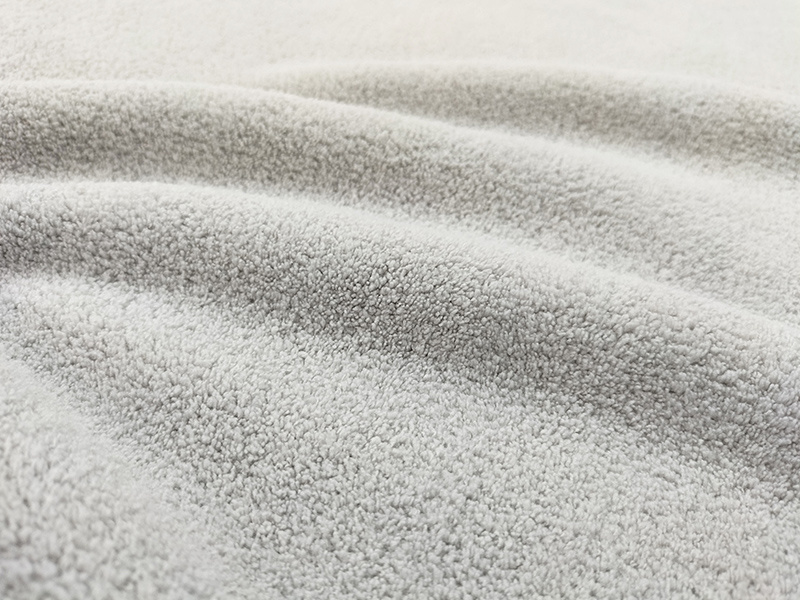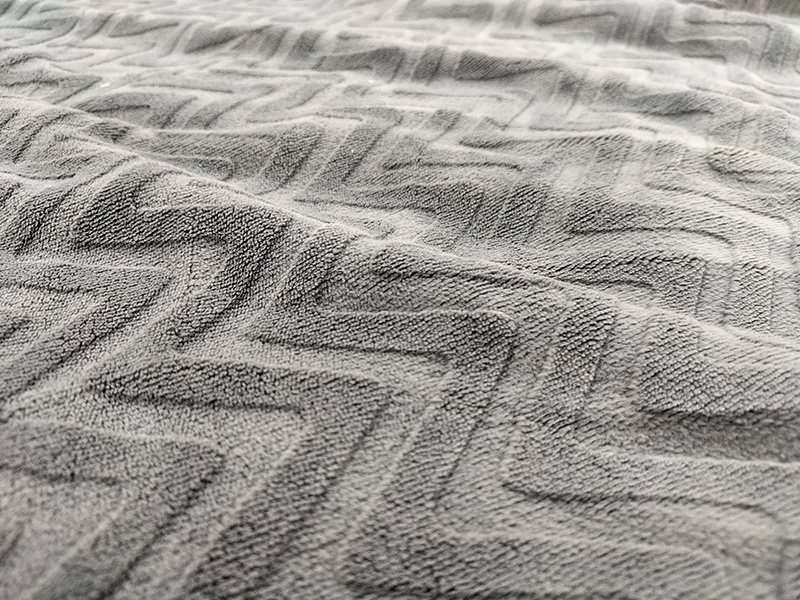How to identify textiles by burning method?
2023-04-19
Textiles can be identified through the combustion method, and the material of the textile can be judged by observing the flame state, smell and residue after burning.
Cotton fiber and hemp fiber: Both cotton fiber and hemp fiber will ignite when near fire, burn quickly, and the flame is yellow and emits blue smoke. Cotton fiber emits the smell of paper when burning, and the ashes after burning are black or gray powder; hemp fiber emits the smell of plant ash when burning, and the ashes after burning are gray-white powder.
Wool fiber and silk: Wool fiber smokes when exposed to fire, bubbles form when burning, and burns slowly, emitting a burnt hair smell. After burning, the ashes are mostly shiny black spherical particles that break into pieces when pressed by fingers. Silk shrinks into a ball when exposed to fire, burns slowly with a hissing sound, and emits a burnt hair smell. After burning, it forms small dark brown spherical ashes that break into pieces when twisted by hand.
Nylon and polyester: Nylon shrinks quickly when near flame and melts into a white gel, it drips and bubbles in the flame, there is no flame when burning, it is difficult to continue burning without the flame, it emits a celery smell, and after cooling, the light brown molten material is not easy to grind; polyester is easy to ignite, it shrinks when near flame, it emits black smoke while melting, it has a yellow flame, it emits a fragrant smell, and the ashes after burning are dark brown lumps that can be crushed with fingers.
Acrylic and polypropylene: Acrylic softens and melts when near fire, emits black smoke after catching fire, and the flame is white. It burns rapidly after being away from the flame, giving off a sour smell of burnt meat. The ashes after burning are irregular black lumps, which are fragile when rubbed by hand. Polypropylene melts and shrinks when near flame, is flammable, burns slowly and emits black smoke when away from fire, the upper end of the flame is yellow, the lower end is blue, giving off a petroleum smell, and the ashes after burning are hard, round, light yellow-brown particles, which are fragile when rubbed by hand.
RELATED INFORMATION
How to choose the core yarn for textile core yarn?
2023-04-19
How to identify textiles by burning method?
2023-04-19
2023-04-19





